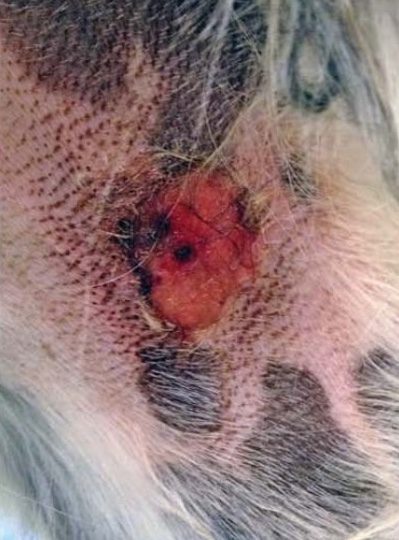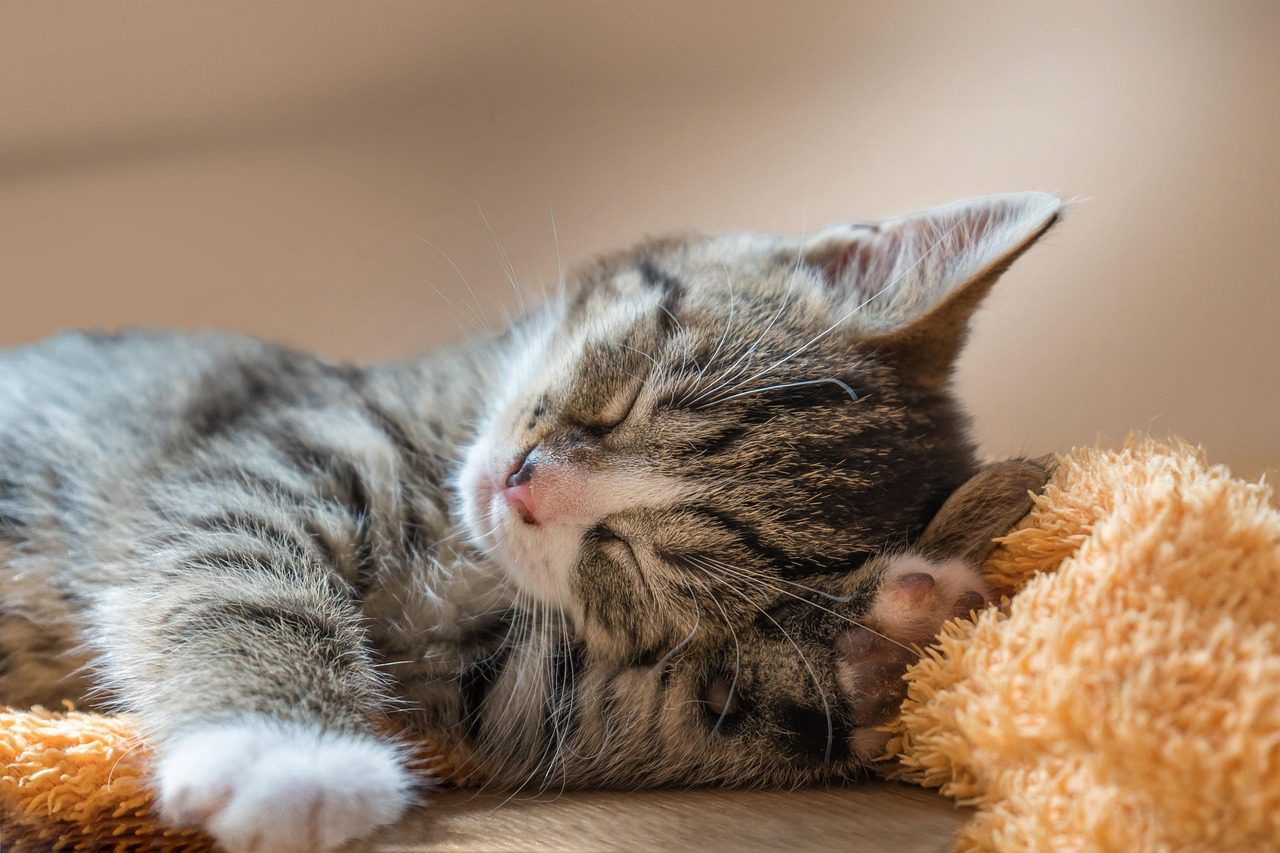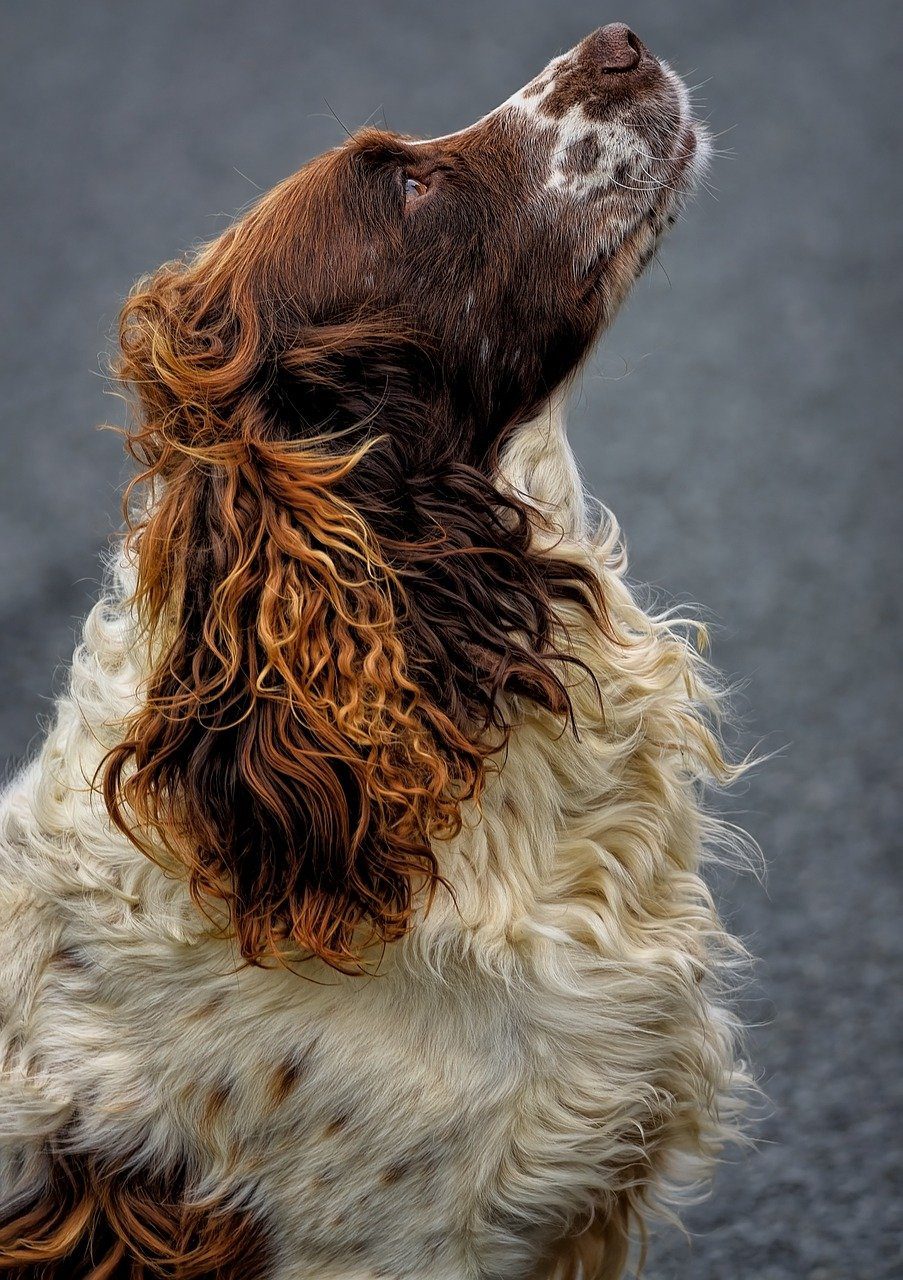Over the last four or more years I have been helping many people to learn First Aid for pets.
Some emergencies are very serious, and I teach how to perform cardiopulmonary resuscitation on cats, dogs and rabbits. Others are less serious, but it still helps to know what to do in an emergency.
Cuts and wounds are very common.
If you find a wound, your first aid should start by removing as much of the fur around the wound as you can, gently with scissors, or clippers if you have them. These would need careful disinfection afterwards.
Ideally you need to expose the entire wound to the air, so that you can treat and monitor it over time as it heals. Once you have done this, wash the wound gently. You can do this with or without a small amount of skin safe disinfectant. If you are out and about, gently dribbling water from your own water bottle is fine. At home, if your pet is small you can use the bath, shower or sink. Otherwise a tea towel dipped in warmed water works well.
Assess the position of the wound. Could a sharp object have penetrated not just the skin but right into the belly or chest? If you cannot tell for sure, arrange to see a Vet the same day, especially if your pet seems quieter than normal, or is having any trouble breathing.
If the wound might be a bite wound from another cat or dog, these require particular cleansing, and often antibiotics, as pets carry a lot of germs on their teeth, which can infect a bite wound badly.
If your dog has an unexplained wound which looks more like an ulceration than a cut, this needs to be checked by a Vet at once. It could be Alabama Rot, which is fatal to dogs within three to four days of the skin ulcer appearing.
I have lots more useful information to share. If you would like to attend our next course, go to themewesvets.co.uk/events for more information.





